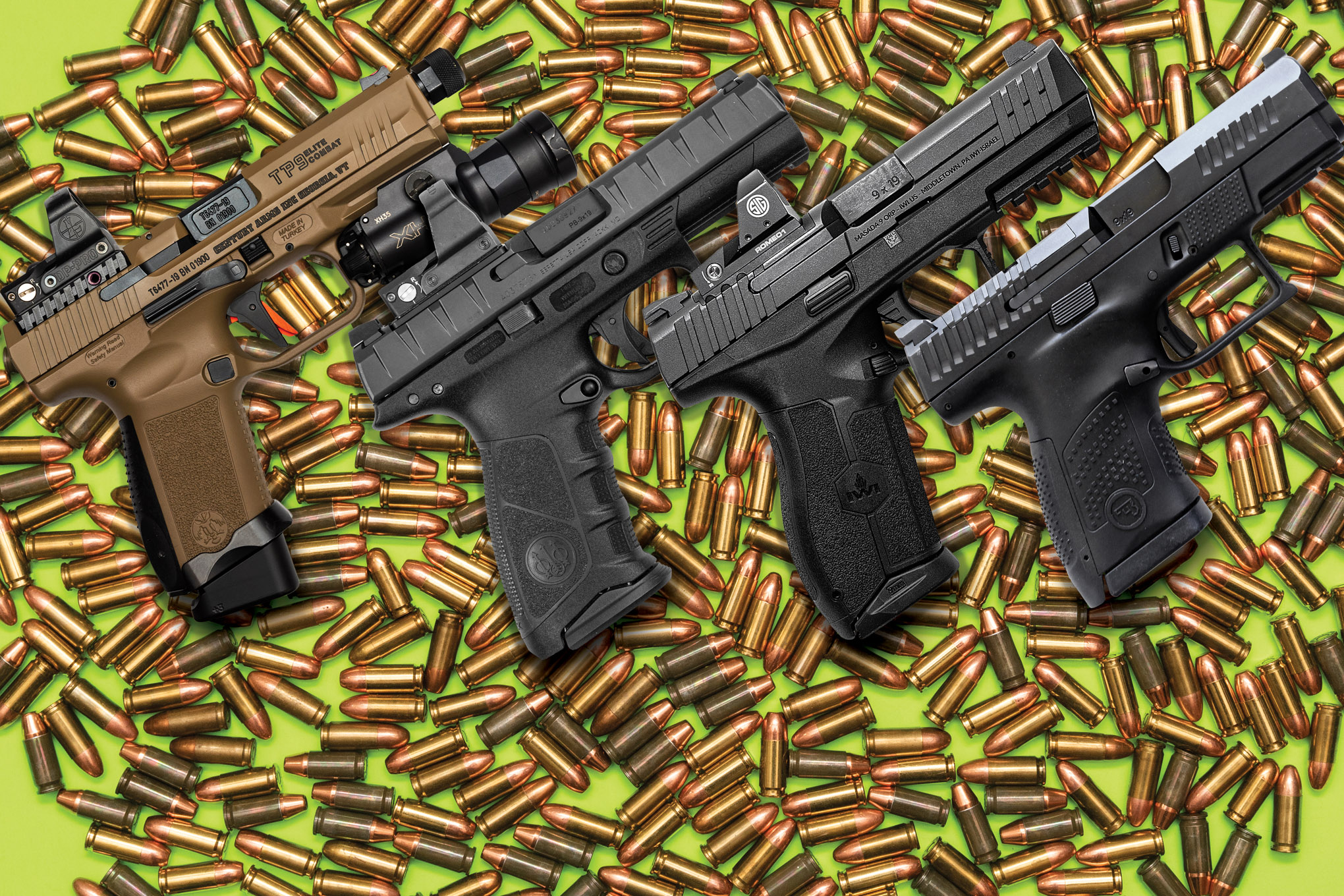Aircraft Battery - Concorde Battery (Stand 2404) is exhibiting its range of lead-acid aircraft batteries. Although lead acid is an old battery technology, invented in 1859, it may soon be the only product available for aviation use. According to senior Concorde executives, nickel-cadmium batteries may be banned to protect workers' health, and lithium-ion models appear too dangerous for airborne applications.
California Equipment Manufacturer's products are in the "Renewable Gas, Sealed Lead Acid with Valve Adjustment" category. This means that they require less maintenance compared to "aging" or "recycling" battery technologies. According to Concorde, there is no need to periodically fill the cells with drilled water to replenish the steam. Also, there is no risk of corrosion due to electrolyte leakage, because when the battery is built, sheets of "absorbed glass" absorb the electrolyte necessary for the battery to function.
Aircraft Battery
With the batteries fully charged they are ready for immediate installation on the aircraft. "Shipping costs will be lower because the batteries are non-spillable and exempt from hazardous materials regulations," a Concorde spokesperson told AIN. Unlike nickel-cadmium batteries, there is no so-called "memory effect" where the battery cannot be fully charged.
Aircraft Battery And Power Supply Testing
Concorde recently added heaters to some of its batteries. The heater is an element located on the battery itself that can be used after the aircraft engine or auxiliary electrical equipment starts generating power. In cold environments, the heater helps the battery reach its optimal temperature faster, otherwise it will charge very slowly, which can be a hindrance on short flights.
When asked how Concorde's more electric aircraft architecture will cope with power needs, Dave Vutetakis, director of advanced batteries, suggested that a separate backup battery could be introduced. This is often more practical than increasing the capacity of existing batteries. "Our largest battery is 24V/48Ah, and there are only a few requests for overcapacity," he said.
The move to more electric aircraft is primarily driven by the desire for more efficient power management in primary systems. For example, the brakes can switch from hydraulic to electric. But these initial systems requirements do not take into account the growing needs of cabin systems such as in-flight entertainment. In the event of a loss of primary power (for example, due to a generator failure), all other electrical power required for safe takeoff and landing is shut down, according to Vutetakis, which supports continued use of the battery. .
As for the future of competitive battery technology, it appears that nickel-cadmium batteries may have little future. "They're increasing maintenance, and cadmium is a carcinogen that's difficult to harvest without exposing workers," Vutetakis said. Although lead is not environmentally friendly, it is easy to collect and recycle.
Electric Airplanes Need Better Batteries—which Should Arrive In 30 Years
Lithium-ion batteries are lighter, which can be a big advantage in aerospace applications. However, they contain highly flammable electrolytes, and any overheating can cause a fire or explosion. Also, they are three to six times more expensive than the valve-regulated lead-acid type, all of which factors are driving aerospace companies away from using them.
Families of commercial aircraft using Concorde batteries include the Dassault Falcon, Learjet bomber, Fighter bomber, Hawker and Cessna Citation aircraft, as well as the Socata TBM700/850 and Pilatus PC-12 turboprops.
Torx t45, t45 bulb, campark t45, t45 flour, t45 shifter, martin t45, t45 transmission, t45, dolphin t45, tassimo t45, panduit t45, t45 lamp

